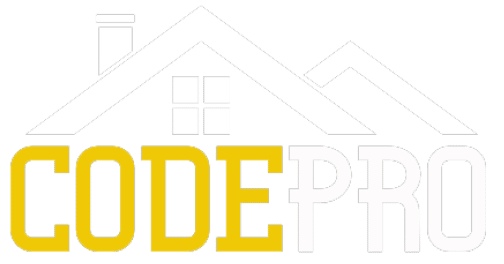New Hampshire
Updated 11/11/2025
Overview
New Hampshire enforces a statewide building code with amendments, establishing
minimum standards that all local jurisdictions must follow. However, local jurisdictions
have the authority to adopt additional requirements or stricter amendments beyond the
state’s minimum standards. This means that while the state sets the baseline, some towns
and cities may have more restrictive local regulations.
New Hampshire provides one consolidated amendment document that covers multiple codes, including the IRC, IPC, and NEC.
New Hampshire provides one consolidated amendment document that covers multiple codes, including the IRC, IPC, and NEC.
CodePro Uses the Following Codes for Answers:
- 2021 International Residential Code (IRC)
- 2021 International Plumbing Code (IPC)
- 2023 National Electrical Code (NEC)
- New Hampshire State Amendment Document
Additional Resources:
For more details, click here for the state-specific regulatory document.
Additional information is available through the New Hampshire State Fire and Building Codes and the Structural Engineers of New Hampshire (SENH). The New Hampshire State Amendment Document consolidates amendments for multiple codes, ensuring compliance with state-mandated modifications.
New Hampshire has also adopted the 2021 IBC, 2021 IMC, 2018 IECC, and other specialized codes with state-specific amendments. Local jurisdictions may enforce more restrictive regulations where necessary.
Additional information is available through the New Hampshire State Fire and Building Codes and the Structural Engineers of New Hampshire (SENH). The New Hampshire State Amendment Document consolidates amendments for multiple codes, ensuring compliance with state-mandated modifications.
New Hampshire has also adopted the 2021 IBC, 2021 IMC, 2018 IECC, and other specialized codes with state-specific amendments. Local jurisdictions may enforce more restrictive regulations where necessary.
- Adoption Category
Hybrid
- Amendments
State and Local
Hybrid Adoption
A hybrid adoption system means codes can vary at state and local level. Many times the
state establishes a base code for building regulations and local jurisdictions then have the
authority to amend or adopt more stringent requirements. This allows flexibility for cities
and counties to tailor codes to their specific needs while maintaining a foundational
standard set at the state level.
